Disclosure: This article contains affiliate links. We may earn a commission from purchases at no extra cost to you, which helps our travel content.
Standing before the golden façade of Schönbrunn Palace at sunrise, legs still tight from yesterday's training run along the Danube, I felt that familiar convergence of physical exertion and architectural wonder that has defined my travels for the past eight years. Vienna, with its imperial grandeur and Habsburg legacy, offers a unique marathon of historical exploration – one where each palace serves as both milestone and masterpiece. After visiting over 20 countries to run races and photograph historic structures, I can confidently say that Vienna's collection of imperial residences stands unrivaled in Europe for both their preservation and accessibility.
Schönbrunn Palace: The Habsburg Summer Retreat
My exploration began at Schönbrunn, the 1,441-room Baroque masterpiece that served as the Habsburg summer residence. Arriving at 8:30 AM (a habit formed from years of pre-marathon routines), I beat the crowds and secured tickets for the Grand Tour rather than the abbreviated Imperial Tour – a decision that granted access to 40 rooms instead of 22.
The palace's yellow façade glowed in the morning light as I photographed the symmetrical gardens from the Neptune Fountain. Inside, the rococo details of Empress Maria Theresa's rooms contrasted with Emperor Franz Joseph's surprisingly modest study where he worked at 5 AM daily – a schedule I can appreciate as a fellow early riser.
The gardens deserve equal attention. I logged a 5K through the meticulously maintained pathways, up the hill to the Gloriette for panoramic city views. The collapsible water bottle I always carry proved essential – Vienna's spring sun can be surprisingly intense, even when temperatures feel moderate.
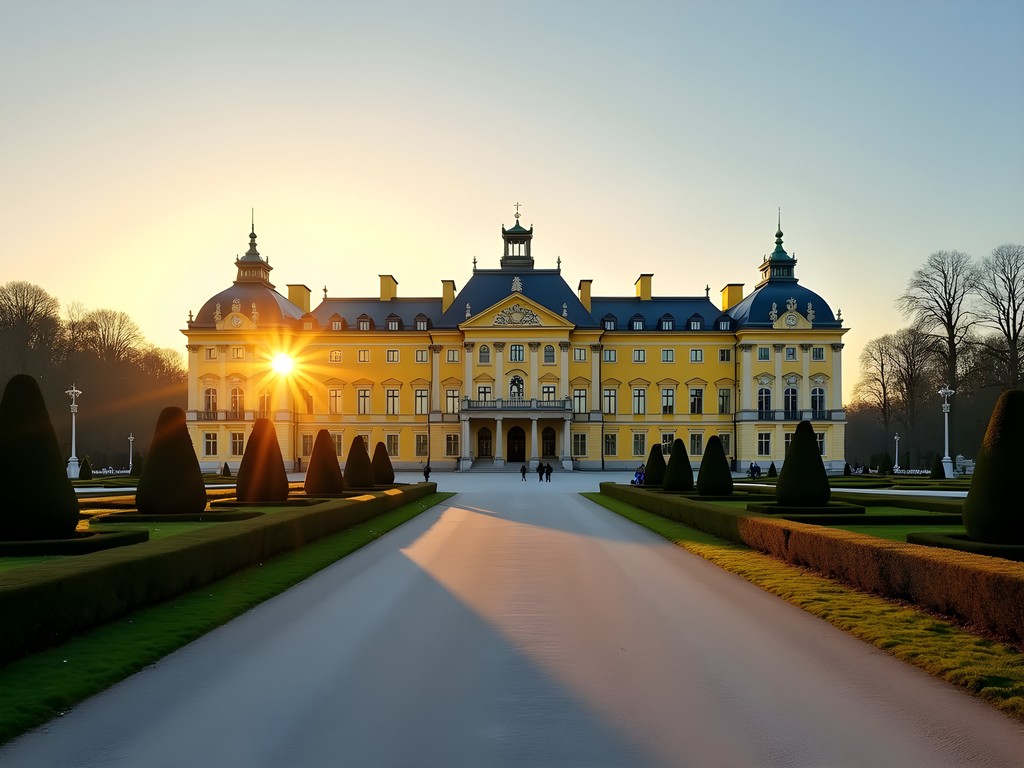
💡 Pro Tips
- Purchase tickets online to skip the main queue
- Arrive before 9 AM to photograph the palace exterior without crowds
- Set aside at least 3-4 hours to properly explore both palace and gardens
Hofburg Palace: The Heart of an Empire
The sprawling Hofburg complex served as the Habsburg winter palace and administrative center for over 600 years. Unlike the unified design of Schönbrunn, Hofburg evolved organically across centuries, with each Habsburg ruler adding their architectural signature. This makes it a fascinating study in architectural evolution – something I've documented across four continents.
I dedicated an entire day to exploring its multiple museums and collections. The Imperial Apartments offer intimate glimpses into Franz Joseph and Elisabeth's (Sisi) private lives. The Silver Collection showcases the staggering wealth that once adorned Habsburg tables, while the Sisi Museum humanizes the beloved empress through personal artifacts.
As a language enthusiast who's learned basic conversational skills in five languages during my marathon travels, I appreciated the excellent multilingual audio guides. They revealed fascinating details about court protocols and daily imperial life that written descriptions often miss. I tracked over 15,000 steps within the complex alone – a testament to its scale.
For comfortable exploration of these vast palaces, I recommend the cushioned walking shoes that have carried me through countless European historic sites and marathon finish lines alike.

💡 Pro Tips
- Purchase the Sisi Ticket for combined entry to Hofburg, Schönbrunn, and Imperial Furniture Collection
- Visit the Spanish Riding School early morning for training session views without performance tickets
- Download the Hofburg complex map beforehand – the interconnected buildings can be confusing
Belvedere Palace: Baroque Splendor and Artistic Treasures
The Belvedere complex consists of two magnificent Baroque palaces – Upper and Lower – connected by one of the most meticulously designed formal gardens in Europe. Built for Prince Eugene of Savoy, the military genius who defended Vienna against Ottoman sieges, these palaces reflect both his martial success and refined taste.
As someone who's photographed religious and imperial architecture across three continents, I found the Belvedere's harmonious proportions particularly captivating. The Upper Belvedere houses Austria's most important art collection, including Gustav Klimt's iconic 'The Kiss.' Standing before this gold-leafed masterpiece, I was reminded of the gilded Buddhist temples I photographed while running the Kyoto Marathon last year – proof that humanity's impulse to adorn sacred and significant spaces transcends cultures.
The Lower Belvedere and Orangery contain temporary exhibitions, while the palace's Marble Hall offers one of Vienna's most spectacular Baroque interiors. The gardens between the palaces provide perfect framing for photographs, with the Upper Belvedere reflected in the long pool.
For photography enthusiasts, I recommend bringing a polarizing filter to manage reflections when capturing the palace's reflection in the water features – a technique I've relied on for architectural photography from Venice to Kyoto.

💡 Pro Tips
- Visit Upper Belvedere first thing in morning or last hour before closing to avoid crowds around 'The Kiss'
- Photograph the palace reflection in the pool during early morning when wind is minimal
- Consider the combined ticket with nearby Belvedere 21 for contemporary art lovers
Beyond the Big Three: Hidden Habsburg Gems
While Schönbrunn, Hofburg and Belvedere form Vienna's imperial trinity, several lesser-known Habsburg residences offer equally rewarding experiences with fewer tourists.
Schloss Hetzendorf served as Empress Sisi's preferred retreat, where she could escape court protocols. The palace now houses the fashion department of the Vienna School of Applied Arts, but its gardens remain open to the public – perfect for a contemplative morning run.
Augarten Palace houses the workshops of the renowned Vienna Porcelain Manufactory. The surrounding Baroque gardens feature curious WWII flak towers – stark concrete monoliths amid formal gardens that create a powerful architectural juxtaposition.
Palais Pallavicini, a private palace occasionally open for concerts, represents the height of aristocratic urban architecture. I attended a Mozart chamber music performance here last spring – the music resonating through the same halls where it was first performed centuries ago created one of those transcendent travel moments that no photograph can capture.
Palais Coburg, now a luxury hotel, offers a different way to experience Habsburg grandeur. Even if you're not staying there, you can visit its renowned wine bar housing one of Europe's finest collections. I treated myself to their wine tasting experience after completing the Vienna City Marathon – a perfect recovery activity!
For documenting these architectural treasures in varying light conditions, I always carry my pocket tripod which stabilizes low-light interior shots without the bulk of full-sized equipment.
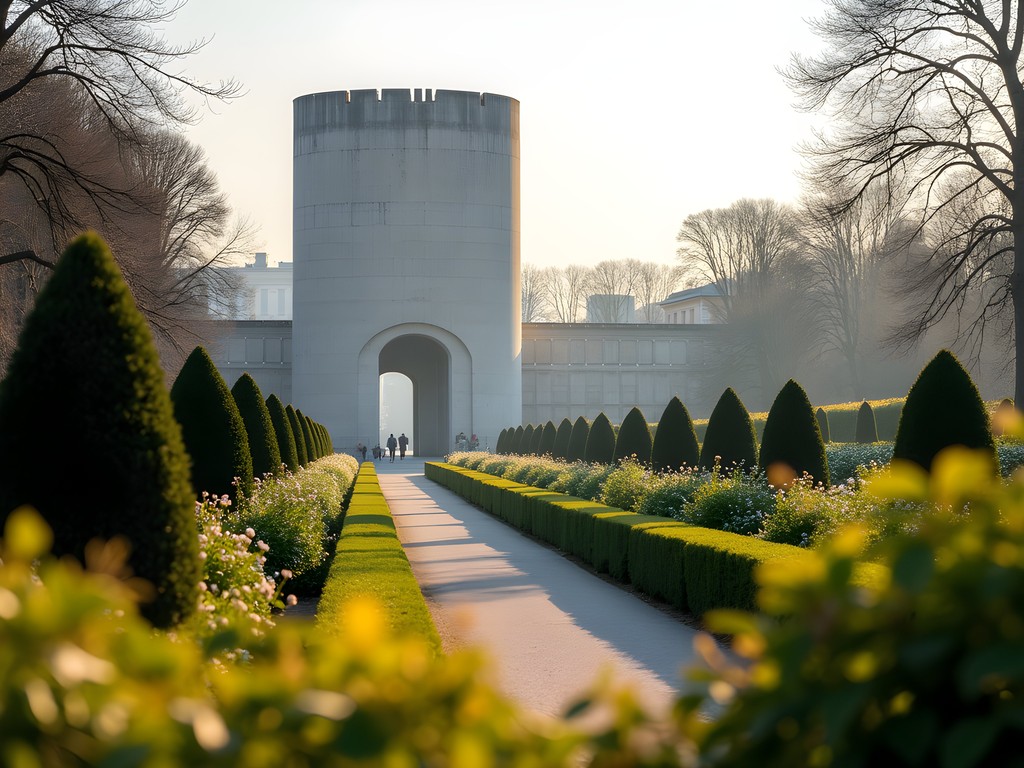
💡 Pro Tips
- Check concert schedules at palaces like Pallavicini for unique musical experiences in historical settings
- Visit Augarten early morning when local runners and the porcelain museum crowd are both absent
- Consider a guided tour of Empress Sisi's path through Vienna that includes lesser-known residences
Practical Tips for Palace Exploration
After visiting Vienna's palaces across three separate trips (and running two Vienna City Marathons whose routes pass many of these imperial treasures), I've developed a system for efficient exploration.
First, consider the Vienna Pass if planning to visit multiple major sites. While expensive upfront (€89 for 2 days), it quickly pays for itself and includes fast-track entry – invaluable during peak season when Schönbrunn alone can have 2+ hour queues.
For transportation between palaces, Vienna's excellent public transit system is your best option. I recommend the weekly transit pass which covers unlimited travel on all city transport. The 24, 71, and D trams form what locals call the 'Ring Tram' route, passing major palaces and offering a DIY sightseeing tour.
Regarding timing, I suggest an early morning start at Schönbrunn (8:30-9:00 AM), followed by afternoon at Belvedere when the light is ideal for garden photography. Save the Hofburg complex for a day when rain threatens – its multiple museums provide hours of indoor exploration.
For serious architectural enthusiasts, consider bringing a pocket art reference to identify the subtle differences between Baroque, Rococo, and Neoclassical elements that define different Habsburg eras. These architectural shifts reflect changing imperial fortunes and European political currents in fascinating ways.
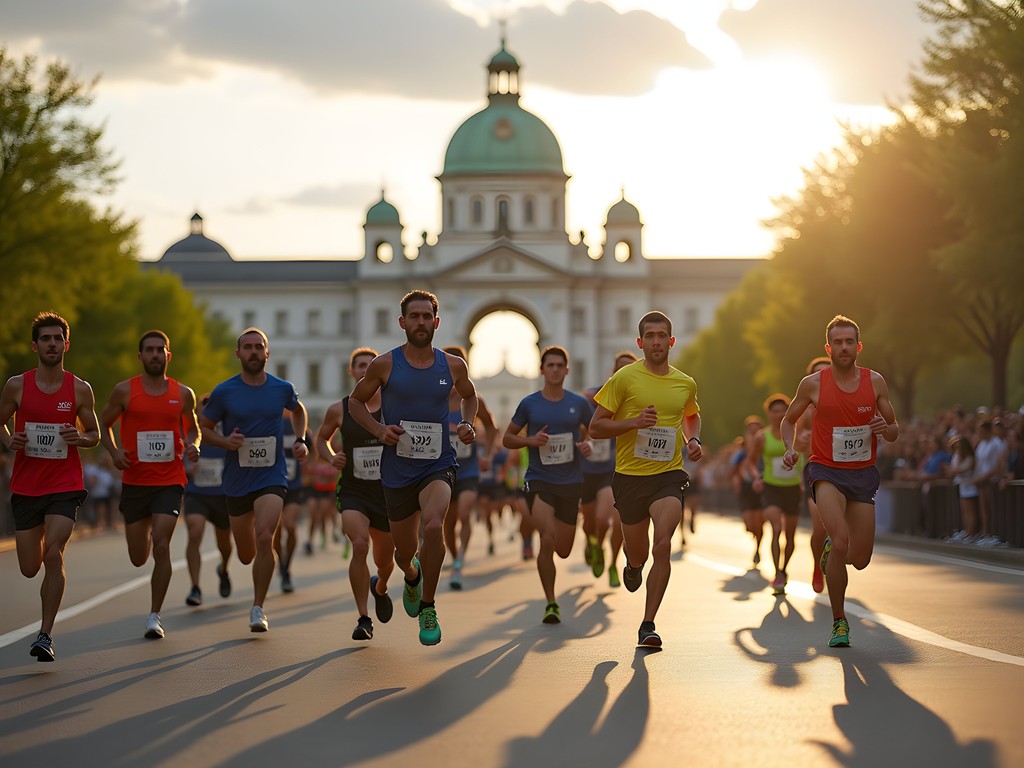
💡 Pro Tips
- Book palace concert tickets at least two weeks in advance – the popular Mozart/Strauss performances often sell out
- Consider visiting palaces on consecutive days rather than attempting multiple major sites in one day
- Most palace cafés are overpriced – instead, try nearby local coffee houses for authentic Viennese coffee culture
Final Thoughts
As I completed my final morning run through the Schönbrunn gardens, watching the palace catch the first light of day, I reflected on how these Habsburg monuments represent far more than architectural splendor. They embody Europe's complex history – the rise and fall of empires, changing artistic movements, and the human desire to create beauty that outlasts us.
Whether you're an architecture enthusiast, history buff, or simply seeking beautiful backdrops for vacation photos, Vienna's palaces offer something profound. Like the marathons I've run across five continents, exploring these imperial treasures requires patience and pacing, but rewards you with moments of transcendent connection to something greater than yourself.
In our rapidly changing world, there's something deeply reassuring about standing in rooms where Mozart performed, where emperors governed for centuries, and where artistic movements were born. I invite you to experience Vienna's Habsburg palaces not just as tourist attractions, but as portals to understanding the cultural foundations of modern Europe. As we say before every marathon start: the journey awaits – all you need to do is take the first step.
✨ Key Takeaways
- Purchase combination tickets like the Sisi Ticket or Vienna Pass for the best value when visiting multiple palaces
- Start days early (8:30-9:00 AM) to experience major sites before tour group crowds arrive
- Balance your itinerary between the 'big three' palaces and lesser-known Habsburg residences for a more complete understanding
📋 Practical Information
Best Time to Visit
April-June and September-October
Budget Estimate
$100-150 per day including accommodations, palace admissions, and meals
Recommended Duration
5-7 days
Difficulty Level
Easy
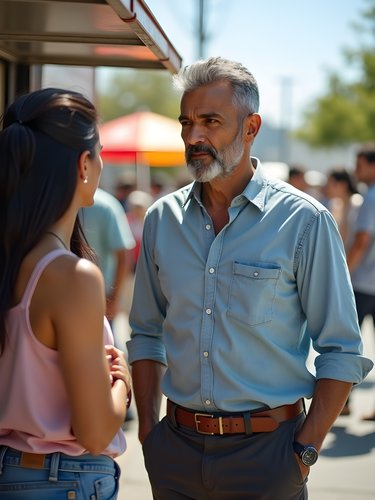
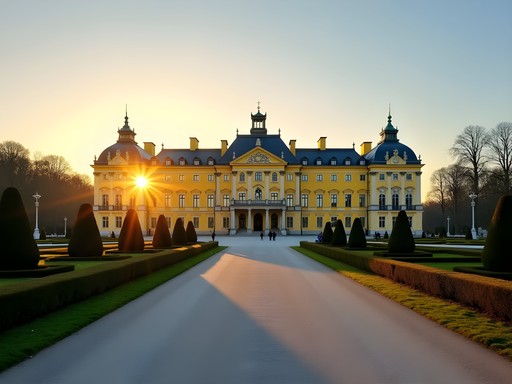

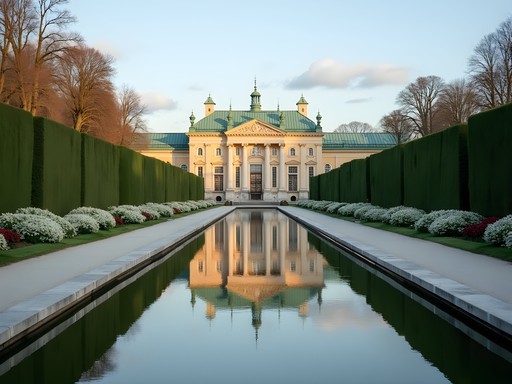

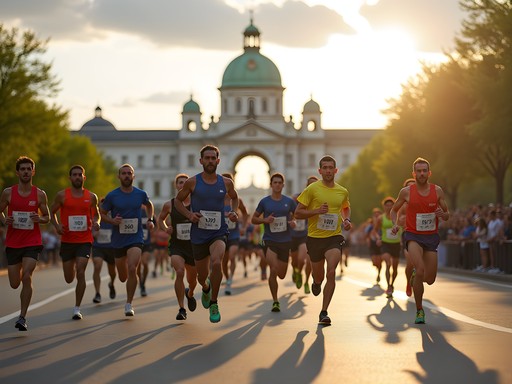


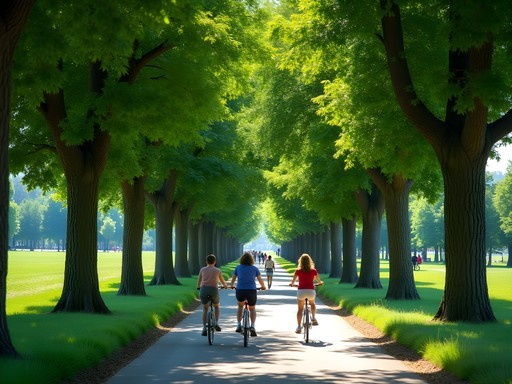
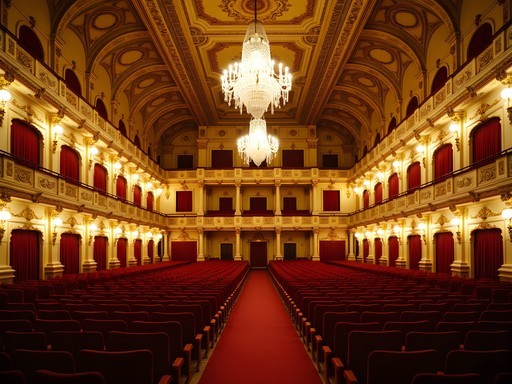

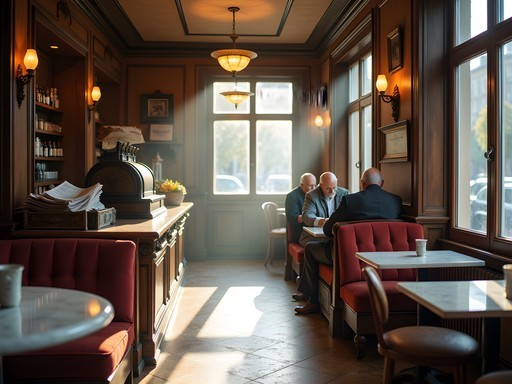




Comments
smartqueen
Don't miss the Upper Belvedere at sunset! We went in October and the light on the palace and reflecting in the pools was absolutely stunning. Much less crowded than Schönbrunn too. And if you're a runner like Garrett, the path around Belvedere gardens makes for a nice short morning jog with great views.
exploreone
Planning a trip for spring 2026! Is the Vienna Pass worth it if I want to see most of these palaces? And how many days would you recommend to see them all without rushing?
Claire Hawkins
I took my family last year and found the Vienna Pass absolutely worth it! We spent 4 days just on palaces and still didn't see everything. Make sure to get the pass that includes public transportation - Vienna's transit system is amazing for getting between all these sites. My kids especially loved the Imperial Carriage Museum at Schönbrunn - all those golden carriages were like something from a fairy tale!
exploreone
Thanks Claire! 4 days sounds perfect. Did you use any particular guidebook that was helpful?
Claire Hawkins
We used Rick Steves Vienna which had great walking tours for each palace. The kids also loved that it pointed out the "fun" stuff like where scenes from The Sound of Music were filmed!
greenqueen
Just got back from Vienna last week and visited Schönbrunn and Hofburg! The morning light at Schönbrunn is absolutely magical - totally worth the early wake-up call like you mentioned. We made the mistake of going to Hofburg at peak time though and the crowds were insane. Definitely follow Garrett's advice about timing. Also, the Habsburg Crypt (Kaisergruft) wasn't on your list but gave me chills - all those elaborate metal sarcophagi of emperors and empresses. Anyone else been there?
freelife
The crypt was amazing! So creepy but fascinating at the same time.
greenqueen
Right? I couldn't believe how ornate some of those tombs were. Maria Theresa's was especially impressive!
Venture X
Premium card with 2X miles, $300 travel credit, Priority Pass